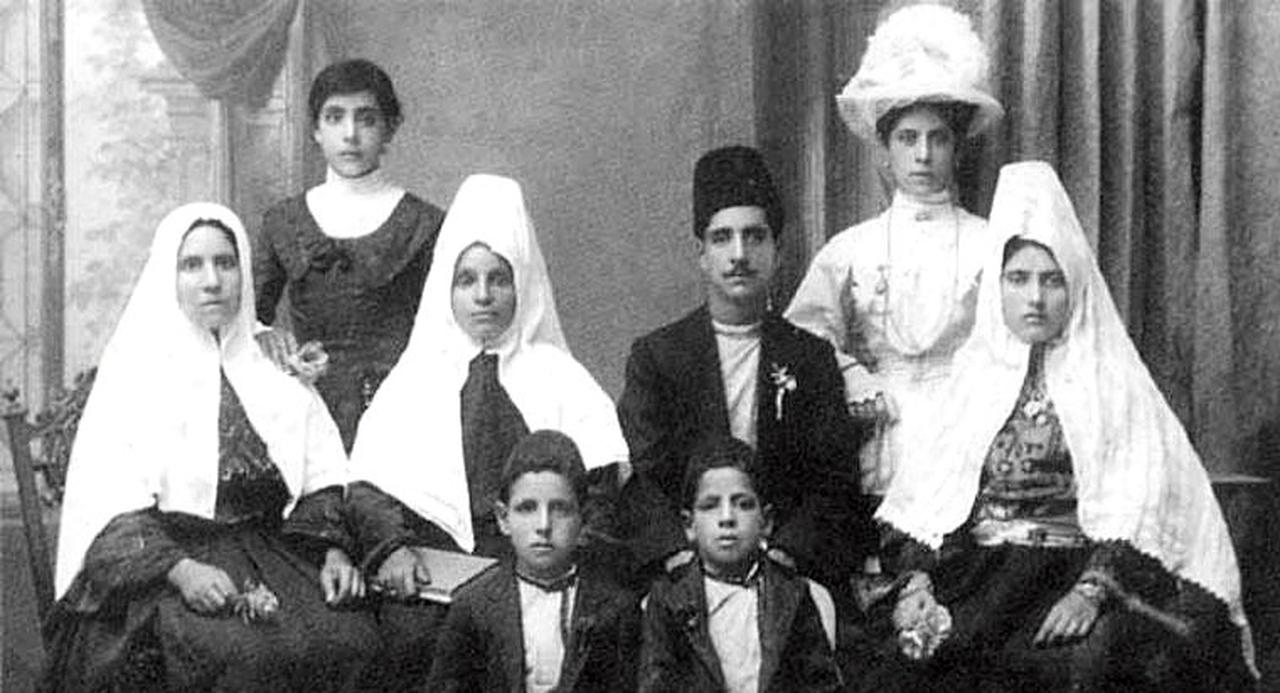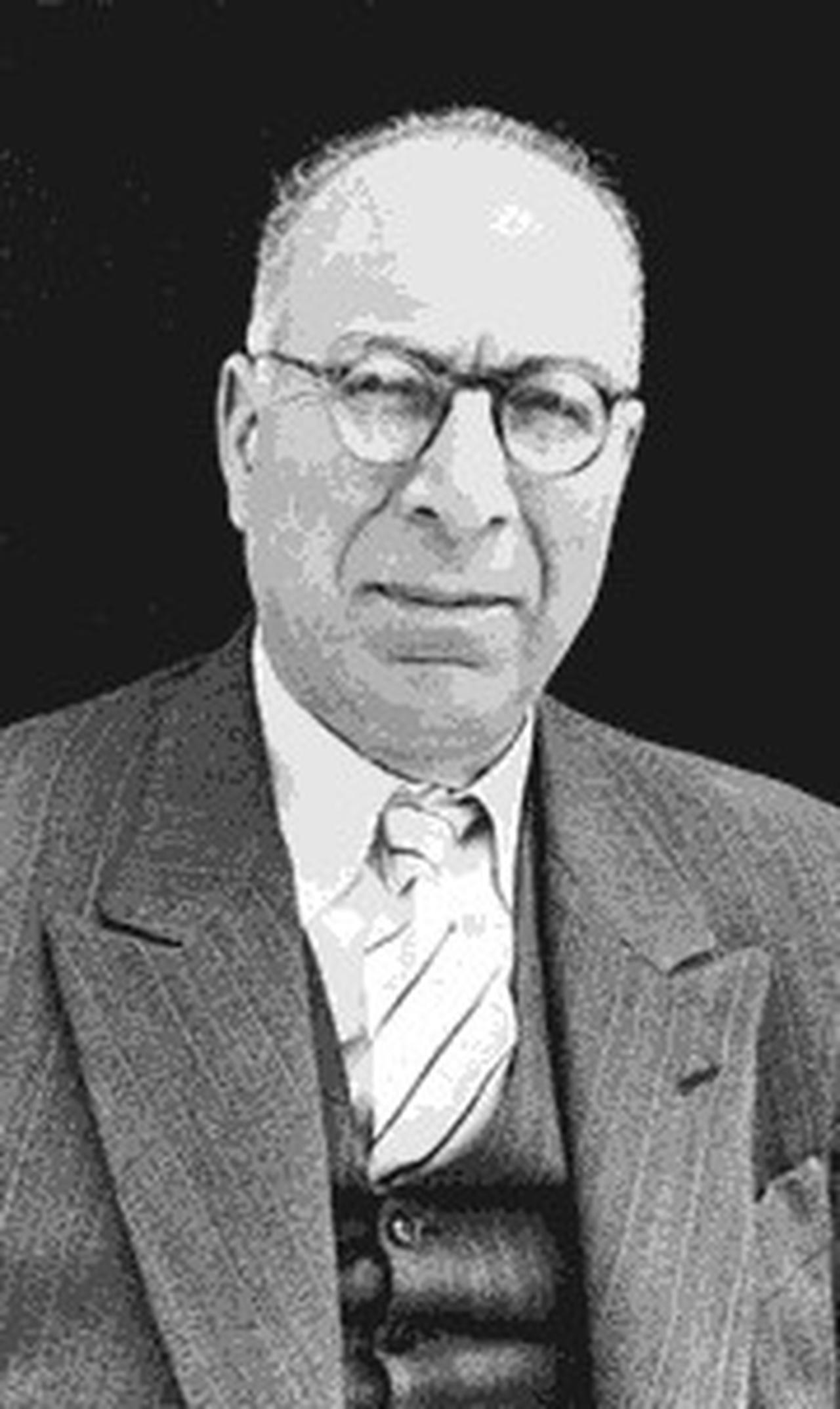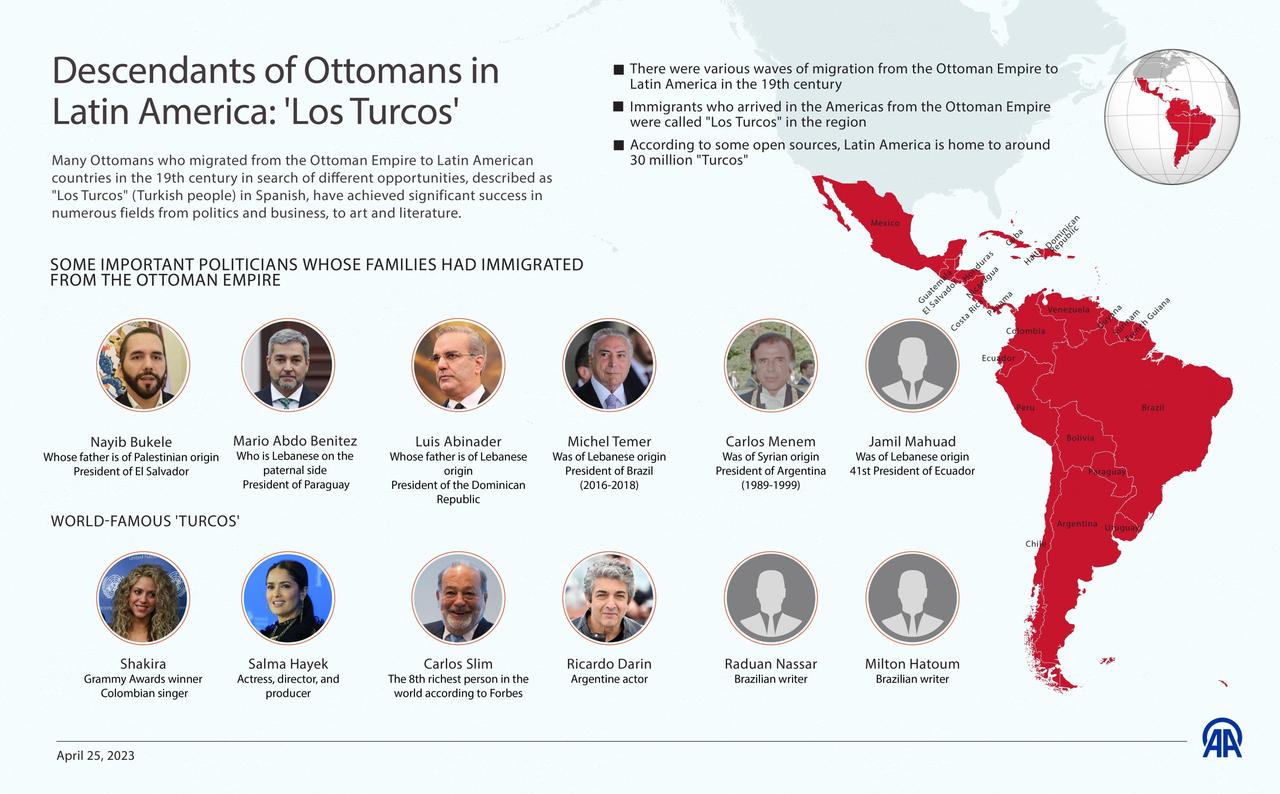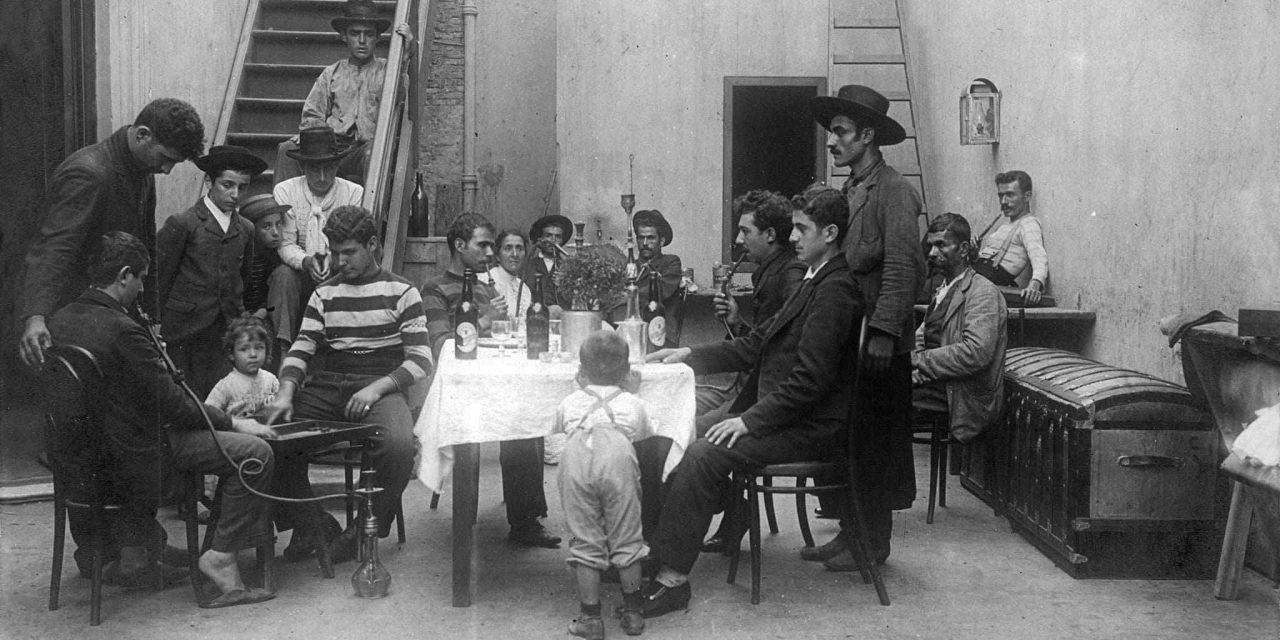
A recent study by Zeynep Kayacik from Ankara University, featured in the academic journal History Studies, sheds light on the overlooked stories of Ottoman migrants to Latin America. Drawing on the memoirs of Chilean writer Benedicto Chuaqui, "Memorias de un Emigrante", the study explores how individuals from Ottoman provinces navigated their displacement, cultural identity, and integration in unfamiliar societies.
During the late 19th and early 20th centuries, thousands of people from Ottoman territories such as Syria, Lebanon, and Palestine left their homes and settled in countries like Chile, Argentina, and Brazil. Despite being ethnically diverse—many were Christian Arabs—they were labeled turcos due to the Ottoman passports they carried.
Among these migrants, Benedicto Chuaqui’s life offers a rare firsthand account. His autobiographical work captures not only the perilous journey from the town of Homs to Santiago de Chile, but also the personal and collective transformation that marked the migrant experience.

In Kayacik’s study, Chuaqui's reflections reveal that widespread poverty, religious tension, and authoritarian rule were powerful motivations for migration. His family, like many others, left behind hardship and instability, searching for better prospects in the Americas.
“The poverty, and constant conflicts between religious groups made life unbearable,” Chuaqui recalls in his memoir.
While the memoir places strong emphasis on the social and religious pressures of Ottoman Syria, other scholarly works referenced by Kayacik argue that many migrants sought economic advancement rather than escaping direct persecution. In fact, a substantial number of these migrants returned home after accumulating savings.
According to Kayacik’s analysis, Chuaqui’s journey from Homs to Santiago mirrors the broader migration patterns of the period. His family traveled via Beirut, Alexandria, and Genoa, finally landing in Buenos Aires and crossing the Andes to reach Santiago.
The journey, filled with language barriers, harsh conditions, and emotional stress, is vividly captured in the memoir. "We hoped for comfort, but faced hunger, heat, and sleepless nights," Chuaqui writes, reflecting on his weeks aboard overcrowded steamships.

Upon arrival, many Ottoman migrants—like Chuaqui—turned to street vending and textile trades. Despite contributing to Chile’s economy, these communities often faced social exclusion and xenophobia.
Kayacik’s article emphasizes the emotional toll of being labeled turco. In his youth, Chuaqui faced discrimination at school and internalized shame over his background. “Being called a Turk hurt me deeply,” he writes. “But eventually, I embraced Chile as my new homeland.”
This duality—between rejection and adaptation—runs throughout his life story.

Chuaqui eventually emerged as a public intellectual in Chile. He published essays, translated works by Gibran and Khayyam into Spanish, and established youth organizations for Arab immigrants. Kayacik notes that Chuaqui’s literary work was crucial in documenting and defending the identity of Arab-Chilean communities.
His criticisms of the Ottoman regime—especially the era of Sultan Abdulhamid II—are sharp. He contrasts the repression of his homeland with the relative freedom in Chile, using his memoir to voice what many migrants could not.
“I missed my homeland’s music and food,” he writes.
Kayacik’s article positions "Memorias de un Emigrante" not just as personal history but as a vital source for understanding Ottoman migration from a bottom-up perspective. In a field dominated by state archives and demographic statistics, Chuaqui’s deeply human account fills a critical gap.